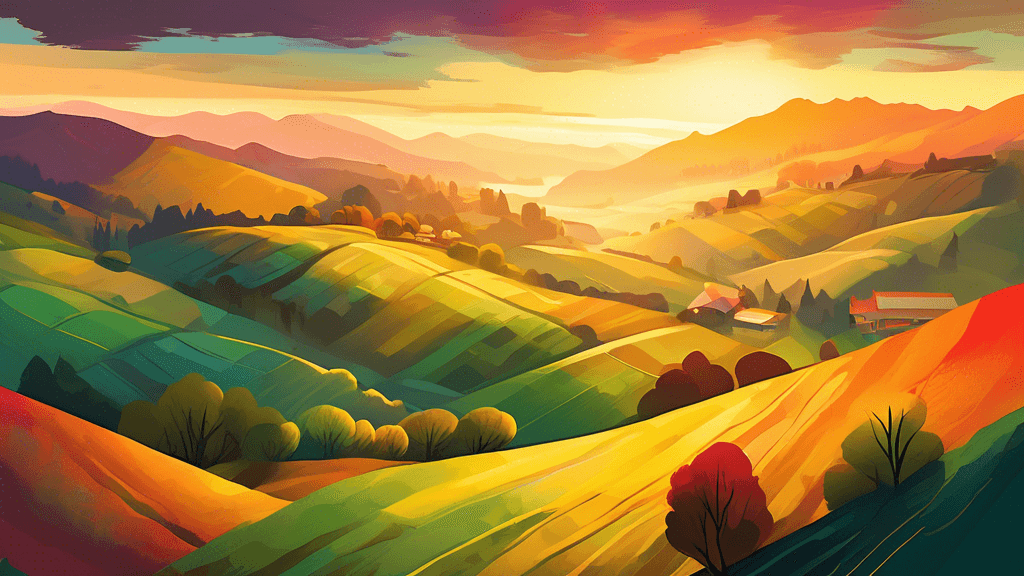
Capturing the Earth: Exploring Textures in Landscape Photography
Share
The Intricate Art of Capturing Earth's Textures in Landscape Photography
Landscape photography transcends mere image capturing; it's an art that seeks to evoke the soul of nature, bringing viewers into intimate contact with environments they might never physically explore. One of the essential elements in landscape photography is the ability to capture textures. But what does this actually involve, and why is it important?
Why Focus on Textures in Landscape Photography?
Textures bring a tactile dimension to photographs, offering a sense of depth and realism. In the realm of landscape photography, emphasizing textures can transform a photo from a simple scenic view into a profound experience. It encourages the viewer to imagine the sensation of touching the rough bark of an ancient tree or feeling the uneven surfaces of rugged rocks underfoot.
Textures are not just visual elements; they're gateways that can lead the viewer deeper into the photograph, enabling them to experience the landscape more fully. How, then, can photographers effectively capture these textures?
Techniques for Capturing Textures in Landscape Photography
Capturing texture in landscape photography requires not just skill, but also an understanding of light, composition, and perspective. Here are some techniques to enhance texture in your photos:
- Lighting: The direction and quality of light can drastically affect how textures appear in a photo. Early morning or late afternoon light, known as the golden hours, often provides a soft, angled light that enhances the visibility of textures.
- Angles and Perspective: Changing your angle and perspective can reveal different textures. For instance, shooting a landscape from a higher angle might reveal patterns not visible at ground level.
- Depth of Field: A shallow depth of field can highlight textures by blurring out the background and focusing on specific details, whereas a deep field can place textures within the context of a larger landscape.
Understanding and experimenting with these elements can lead to stunning representations of natural textures, thereby enriching the visual impact of your photographs.
Example from the Field
Take, for instance, the work of Ansel Adams, one of the pioneers in landscape photography whose textured representations of nature remain unmatched. Adams once said, There are always two people in every picture: the photographer and the viewer. His approach to capturing Yosemite's rugged terrain not only showcased the stark textures but also invited viewers to feel the grandeur of the landscapes through his lens.
The Importance of Post-Processing
While capturing the texture starts in the field, refining them often occurs in the digital darkroom. Post-processing software allows photographers to adjust clarity, contrast, and sharpness to bring out textures that might have been less visible in the raw capture. It's not just about what the camera sees, but about refining that vision to emphasize the textures that give a landscape its character.
Bringing Textures to Life
Post-processing can involve adjustments in:
- Contrast: Enhancing the contrast can make textures pop out more distinctly.
- Sharpness: Increasing sharpness can help define the edges of textures, making them more pronounced.
- Saturation: While not directly related to texture, adjusting the saturation can influence how textures feel by deepening the colors and enhancing the overall mood of the photo.
It's essential, however, to avoid over-processing, which can lead to an unnatural appearance and detract from the photo's authenticity.
Conclusion: Why Texture Matters
We live in a world teeming with diverse landscapes, each with its own story and texture. Landscape photography that focuses on these textures does more than create beautiful images; it captures the essence of the earth itself, offering a bridge to places and experiences otherwise unreachable. As photographers, when we focus on textures, we extend an invitation to touch, feel, and connect with the natural world in ways that words alone cannot describe.
Are you ready to explore and capture the myriad textures of the earth? The journey is challenging but immensely fulfilling, and each photograph you take brings you closer to understanding the profound beauty of the world we inhabit. Shoot, explore, and most importantly, enjoy every moment behind the lens.





